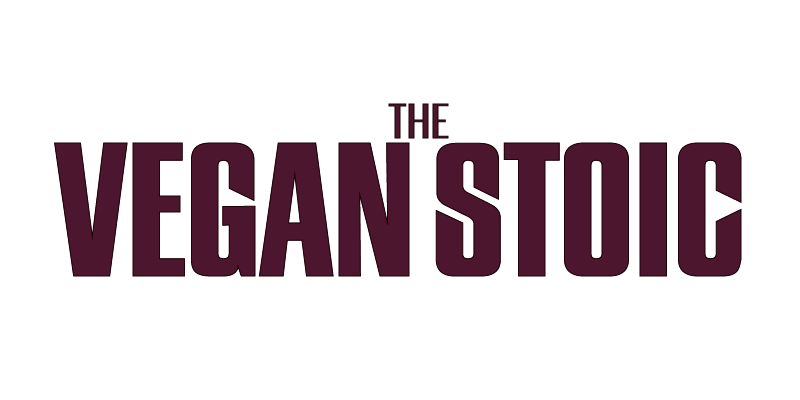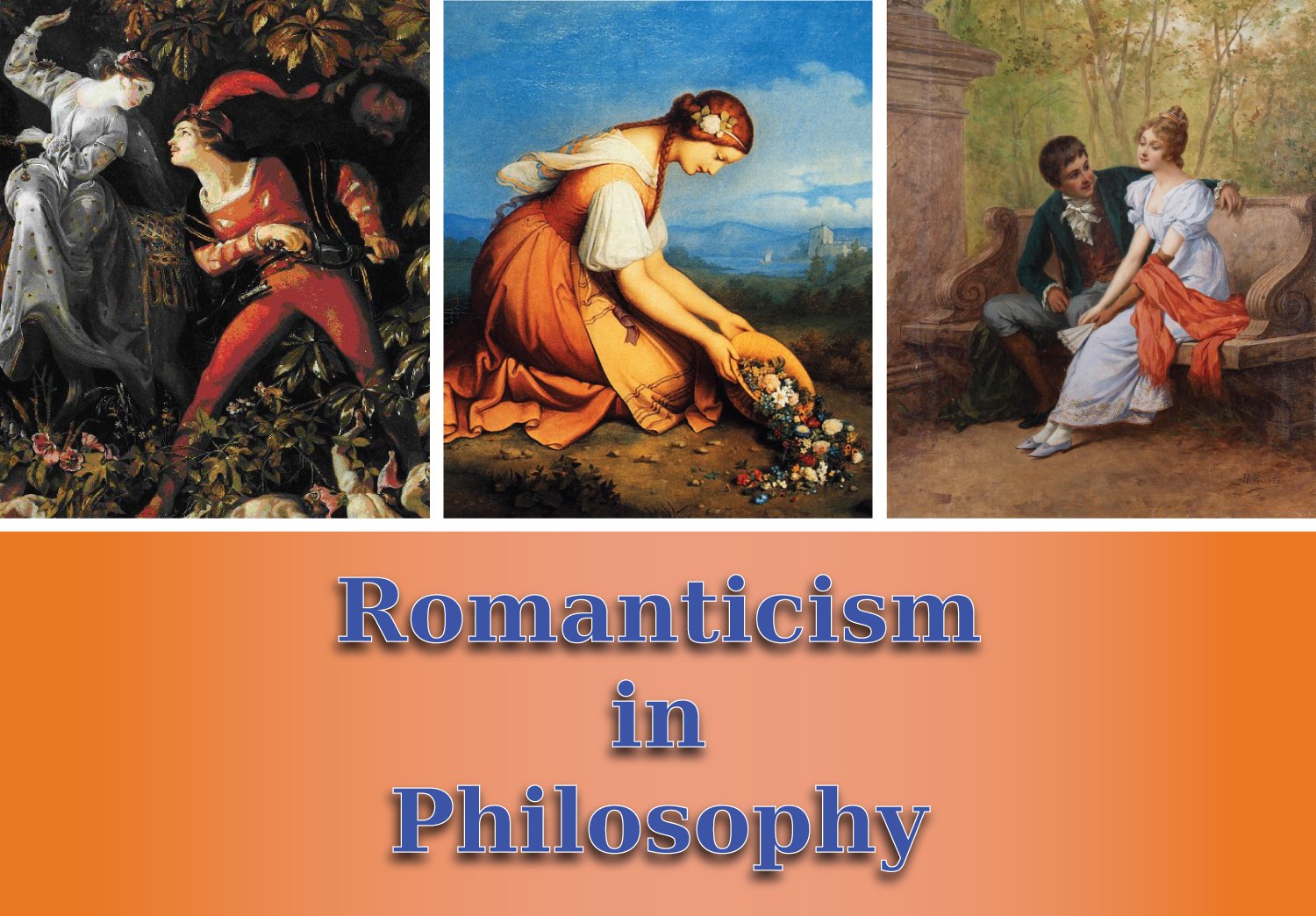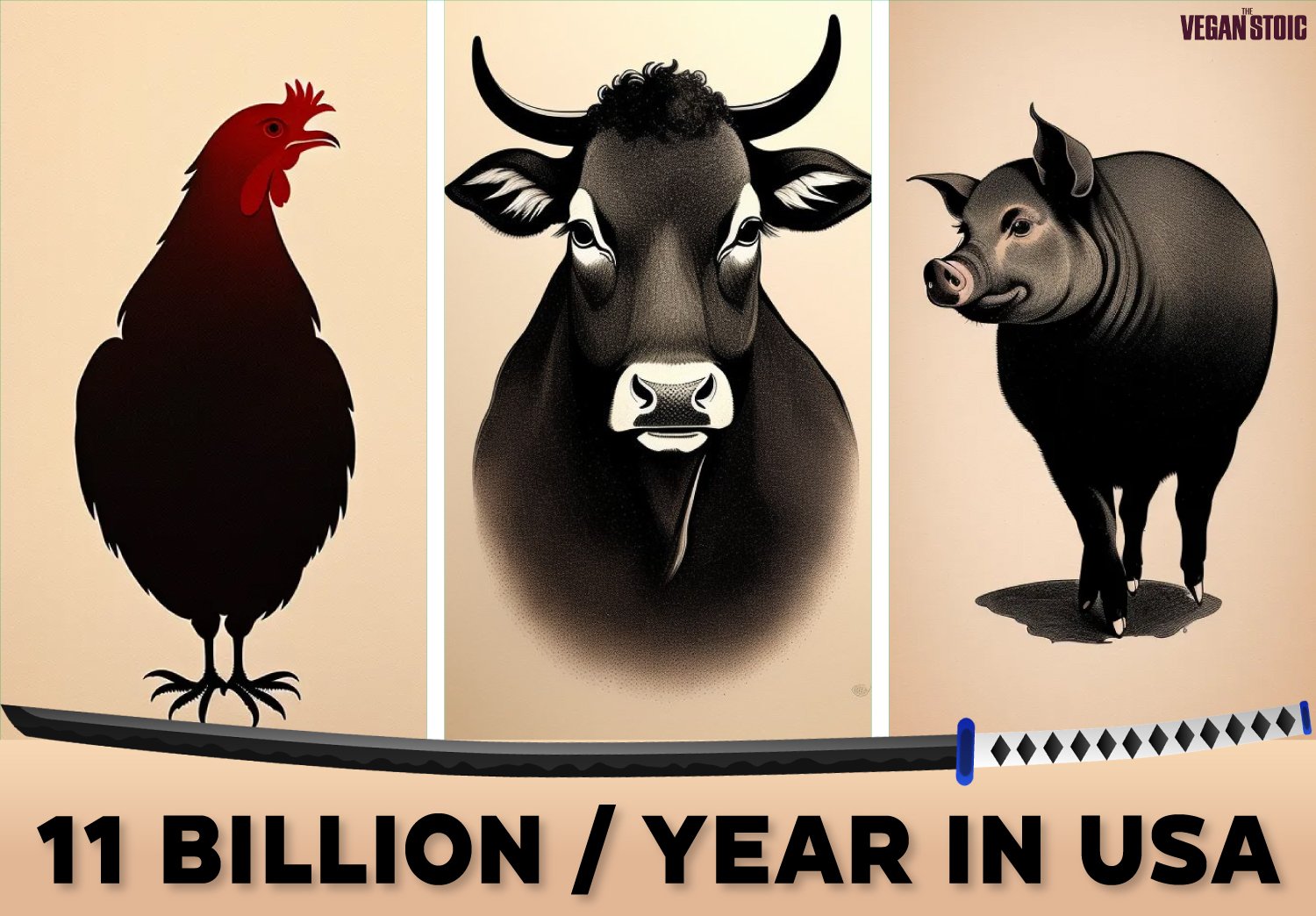“Attention Span” by Gloria Mark offers insight on how modern technology affects our concentration and focus.
She shares amazing tips to increase productivity and mindfulness.
1. Multitasking Myth vs. Reality: One of the central themes of “Attention Span” is the debunking of the multitasking myth.
While many people believe they can effectively juggle multiple tasks simultaneously,
Mark’s research demonstrates that the human brain is not wired to multitask efficiently.
In fact, attempting to multitask often leads to decreased productivity, increased errors, and heightened stress levels.
Mark’s studies using neuroimaging techniques have shown that when individuals multitask,
they are not truly doing two tasks at once;
instead, they are rapidly switching between tasks, resulting in cognitive overload and decreased performance.
This discovery indicates the importance of focusing on one task at a time to optimize productivity and cognitive performance.
2. Digital Distractions and Information Overload: Another key takeaway from “Attention Span” is the pervasive impact of digital distractions and
information overload on our attention spans.
With the proliferation of smartphones, social media, email, and other digital technologies,
we are constantly bombarded with notifications, messages, and updates,
making it increasingly difficult to stay focused on a single task.
Gloria’s research highlights the detrimental effects of these digital distractions on our ability to
concentrate, problem-solve, and retain information.
Moreover, the constant influx of information can lead to a phenomenon known as “attention residue,”
where our attention remains fragmented even after we switch tasks,
damaging our ability to fully engage in subsequent activities.
Recognizing the detrimental effects of digital distractions is essential for implementing strategies to
manage our attention more effectively and mitigate the negative consequences of information overload.
3. The Power of Mindfulness and Attention Restoration: In “Attention Span,” Gloria explores the role of mindfulness and
attention restoration techniques in fighting digital distractions and improving focus.
Research has shown that practising mindfulness, such as meditation or deep breathing exercises,
can help cultivate attentional control,
enhance cognitive flexibility, and reduce stress levels.
Similarly, spending time in nature or engaging in activities that promote relaxation and
mental restoration can replenish our cognitive resources and
rejuvenate our attentional capacities.
By incorporating mindfulness practices and attention restoration activities into our daily routines,
we can bolster our ability to sustain focus, resist distractions, and optimize our overall well-being.
4. Designing for Attention: “Attention Span” emphasizes the importance of designing technology and work environments that
support sustained attention and cognitive engagement.
Mark suggests that designers and employers should prioritize
-
-
-
- simplicity,
- clarity, and
- user-friendly interfaces
-
-
to minimize cognitive load and facilitate task completion.
Additionally, incorporating features such as notifications settings, time management tools,
and digital detox options can empower individuals to take control of their
attentional resources and manage distractions more effectively.
By adopting a user-centered approach to design that promote focus and productivity,
organizations can foster a culture of attentional awareness and
enhance employee performance and satisfaction.
5. The Role of Individual Differences and Self-Regulation: While some individuals may naturally excel at
maintaining focus and resisting distractions,
others may struggle with attentional control due to personality traits, cognitive abilities, or environmental influences.
Gloria suggests that it is important to understand differences for tailoring interventions
and support mechanisms that enhance performance outcomes.
Moreover, cultivating self-regulation skills, such as
-
-
-
-
- setting goals,
- managing time effectively, and
- implementing boundary-setting strategies,
-
-
-
can empower individuals to take ownership of their attentional resources and optimize their productivity.
Quick Summary,
- Multitasking is a myth so, you should avoid multitasking and focus on one task at a time.
- Reduce digital distractions to improve focus by turning off notifications, emails, sounds, other devices etc
- Take breaks at regular intervals. Do breathing exercises. Finish the most challenging tasks first.
Spend time in Nature, practice digital detox - Use minimalist tools to reduce distraction by switching to black & white interface on phones, reducing simultaneous activities such as Listening to music while working/homework. Eating and watching something video/movie.
- Self regulation is the only key. Set manageable goals, effective time management, set boundaries like no screen-time 1 hour before bed-time, no screens while eating, limited usage of social media, music and entertainment.

















